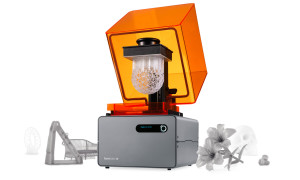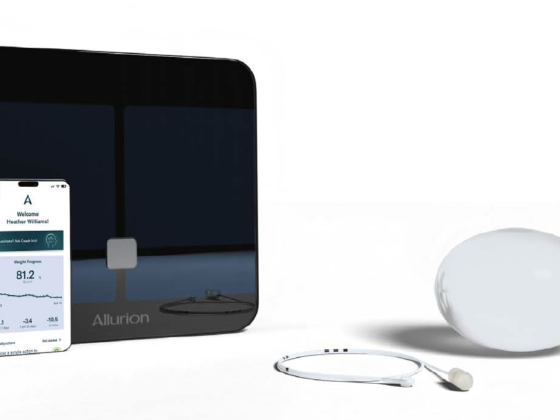By Doctor Arnaud Soenen
Nowadays, dental surgeons carry out imaging, digitisation, computer-aided design and manufacturing (CAD/CAM), 3D printing and much more. These innovations enable us to spot oral diseases earlier, make more accurate diagnoses before taking action and offer more precise and effective treatments. 
What digital technologies are already being used in dental surgeries?
Intra-oral optical cameras: Thanks to dental CAD/CAM, crowns and dental prosthetics are no longer created from impressions made using bad-tasting soft plaster that can make patients feel sick. Impressions are now digital optical impressions, taken using a highly accurate camera. 3% of French dental surgeons have one of these cameras, that is 1,400 dental surgeries in France (16% in the USA). Recently, a colour function has been added to intra-oral optical impressions, enabling us to create a prosthetic that looks just like the real tooth. These analysed digital images allow the dental surgeon to provide the prosthetist with extremely useful directions.
3D imagery (cone beam CT): Using 3D x-ray imagery, the dental surgeon can get up close to the bone and anatomical structures of the mouth: dental nerves, maxillary sinus, incisive canal, etc. This analysis enables the practitioner to precisely determine the size of the implants required (length and diameter) and the implantation sites. Guided by 3D imagery, the fitting of the implants is much easier and more accurate. The superposition of the data gained from this 3D imagery and the data gleaned from scans and moulds enables a surgical guide to be made. Fixed into the mouth, this allows the dental surgeon to fit the implants in the optimum position to hold the future crown.
Caption: Superposition of data from the CBCT and intra-oral optical impressions, with a view to fitting an implant to replace the molar.
New virtual articulators and optical scanners for optimum occlusion: Occlusion, the way in which the maxillary (upper) and mandibular (lower) teeth come together when the mouth is closed, is an essential factor to take into account when creating prosthetics for patients. Virtual articulators (which mechanically simulate the patient’s mouth) coupled with optical scanners enable us to digitalise the patient’s face in order to optimise the design of the prosthetics and make them as comfortable and aesthetically-pleasing as possible.
3D printing to make express crowns: This enables us to make three dimensional copies of the patient’s jaw. These models are an exact replica of the patient’s anatomy and thus allow us to try out the different strategies and treatments and choose the right one for the patient. Thanks to 3D printers, we are now able to design made-to-measure products, with a reduced manufacture time and an optimised production capacity.
Smart and connected objects (e.g. toothbrushes): Applications and connected toothbrushes are real assets for patients. These new tools improve efficiency (any neglected areas are quickly spotted) and provide better follow-up (more regular interaction with your dental surgeon). Thanks to a built-in sensor, the connected toothbrush assesses how well you have brushed, detects how much plaque has been removed, locates any neglected areas, records all data and can even interact with your dental surgeon.
Modelling software for future prosthetic treatments: Today, there is plenty of software on the market that helps us to recommend an effective and attractive treatment plan to our patients using virtual models of the future prosthetic treatment plan. Interactive and educational 3D animations encourage discussion, help the patient to understand what the treatment entails and therefore increase their commitment to the treatment plan.
2- What does the future hold with regard to innovations?
3D printing in porcelain: 3D printing has come on drastically in the last five years and allows for mass personalisation, the recreation of complex or assembled shapes and the production of small series for a competitive price. Nevertheless, at present, with the exception of “zirconia”, 3D printing in porcelain has not yet been carried out successfully. But it is only a matter of time…
Smart materials: These are becoming an ever more popular research subject in the dental field. A “smart material” is sensitive, adaptable and able to evolve. Unlike classic materials – which are by definition inert, i.e. whose characteristics remain the same no matter what is asked of them – smart materials can spontaneously alter their physical properties, in particular their shape, connectivity, viscosity or colour, in response to natural or produced stimuli.
Automation and remote surgery: “Automation is set to play an increasingly central role in oral medicine in the years to come. It is no longer a pipe dream!” Certain industrial pioneers and laboratories will produce systems that enable us to provide better care, reduce recovery times and offer treatments that are better tolerated by patients.
All of these digital innovations have and will continue to revolutionise the way in which dental surgeons work, and should contribute to more accurate and safer dentistry that focuses on prevention and preserving the patient’s natural tissue.
Dental surgeon – Former University Hospital Practitioner – Attaché for the Faculty of Bordeaux – Masters in Biological and Medical Science – University degree in Oral Implantology and Prosthetic Rehabilitation – Advisor for the ADF (French Dental Association) – Self-employed practitioner in Bordeaux.













